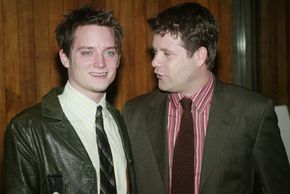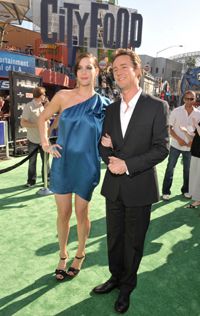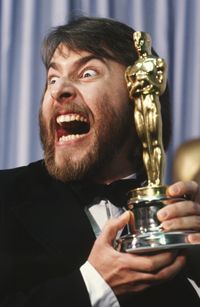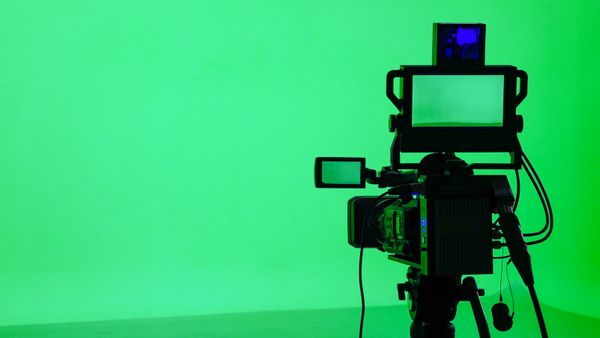The responsibilities of a movie make-up artist vary depending on the type of work and level of responsibility that the make-up artist has. Hollywood union regulations, for example, classify movie make-up artists based on the area of the actor's body being made up:
- A make-up artist is allowed to apply cosmetics only from the top of the head to the top of the breastbone, from fingertips to wrists and from toes to ankles.
- A body make-up artist applies cosmetics as required to any other areas of the actor's body. While the regular make-up artist generally works throughout filming, the body make-up artist is hired per day when needed.
[sources: Richard Yokley and Rozanne Sutherland and Robert Koster]
Film make-up artists also have varying levels of responsibility related to their job titles:
The key make-up artist, or make-up designer, is in charge of the make-up department for a movie. During pre-production, the designer reads the script and meets with the director and screenwriter to discuss their needs and ideas for the film. The key make-up artist also will work with the key hair designer, costume designer, set designer and director of lighting throughout the film.
After that, the key make-up artist researches and determines how to design the make-up and special make-up effects for the film. Often complex effects are handled by a different departments and farmed out to companies that specialize in special effects.
The key make-up artist also hires additional make-up artists for the film, sets their work schedule and supervises them during production. He is charged with making sure the make-up applied matches the agreed-upon style, and that continuity is maintained every day during shooting.
In addition, the key make-up artist develops and stays within a budget for salaries, supplies, materials and special effects. He also makes appointments with optometrists and dentists for actors who need special contacts or dental effects. Once prosthetics, hairpieces and other make-up elements are finalized, they all must be inventoried and stored when they are not in use.
The senior make-up artist oversees the work of the other make-up artists and usually become primarily responsible for continuity. This means making sure that actors' make-up remains the same or changes as filming requires, such as the addition of scars after an accident or evidence of aging as the film progresses.
Make-up artists do the actual work in making actors' looks match the designs set for the movie. They apply and touch up the make-up.
Assistant make-up artists handle lower-level make-up chores and assist the make-up artists.
[sources: Penny Delamar and Greg Goodell]
Where do hair designers fit in? They usually are considered a separate department, also with a key designer and senior artist. Stars often bring their own hairdresser to filming locations, rather than using the services of the film's hair department. Of course, the hair, make-up and costume departments work closely together to give the look the director, screenwriter and movie producers want [source: Frederick Levy].
You may be wondering what a movie make-up artist actually does in the course of a workday. Go to the next page to find out.





